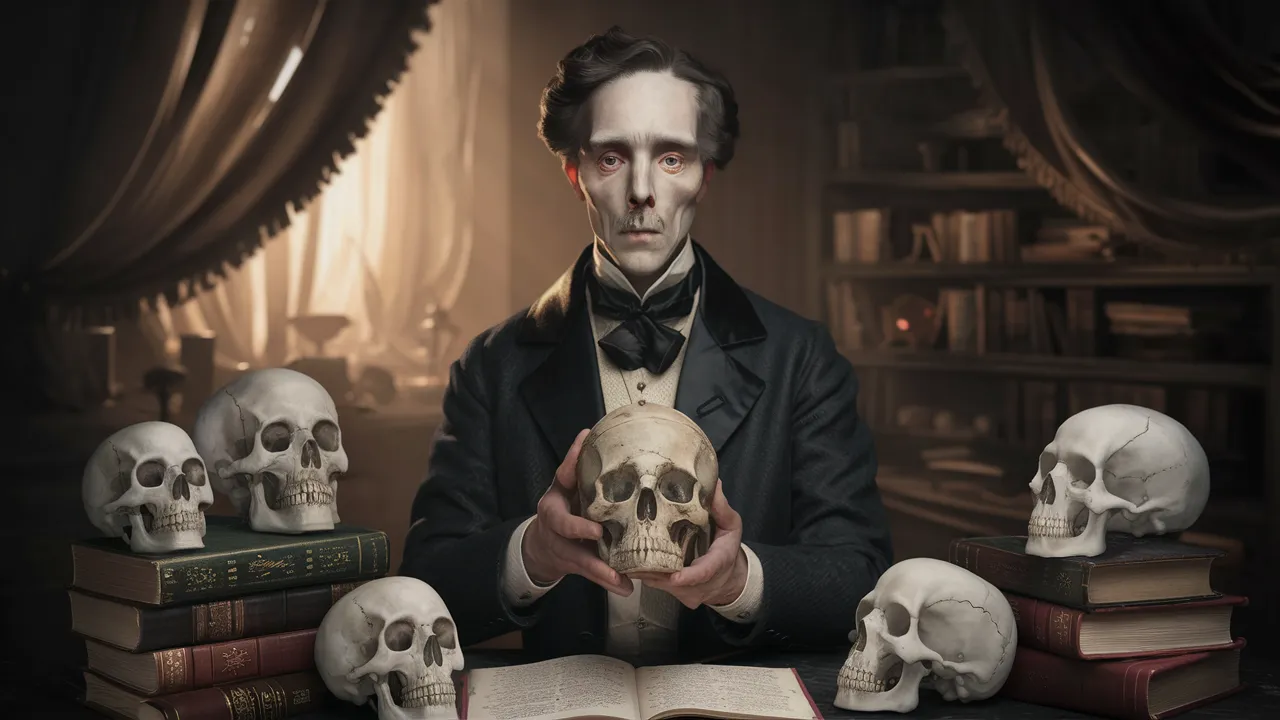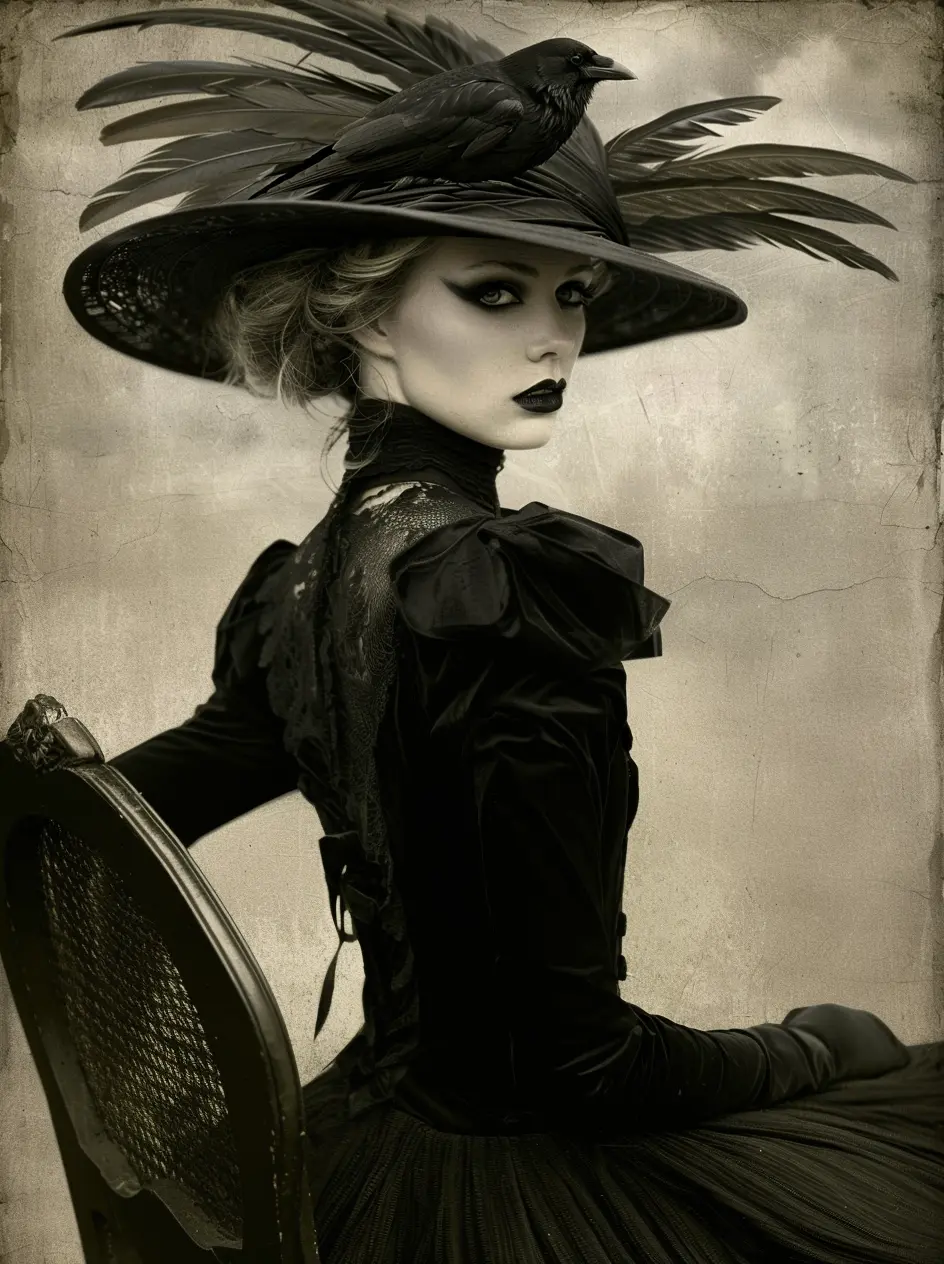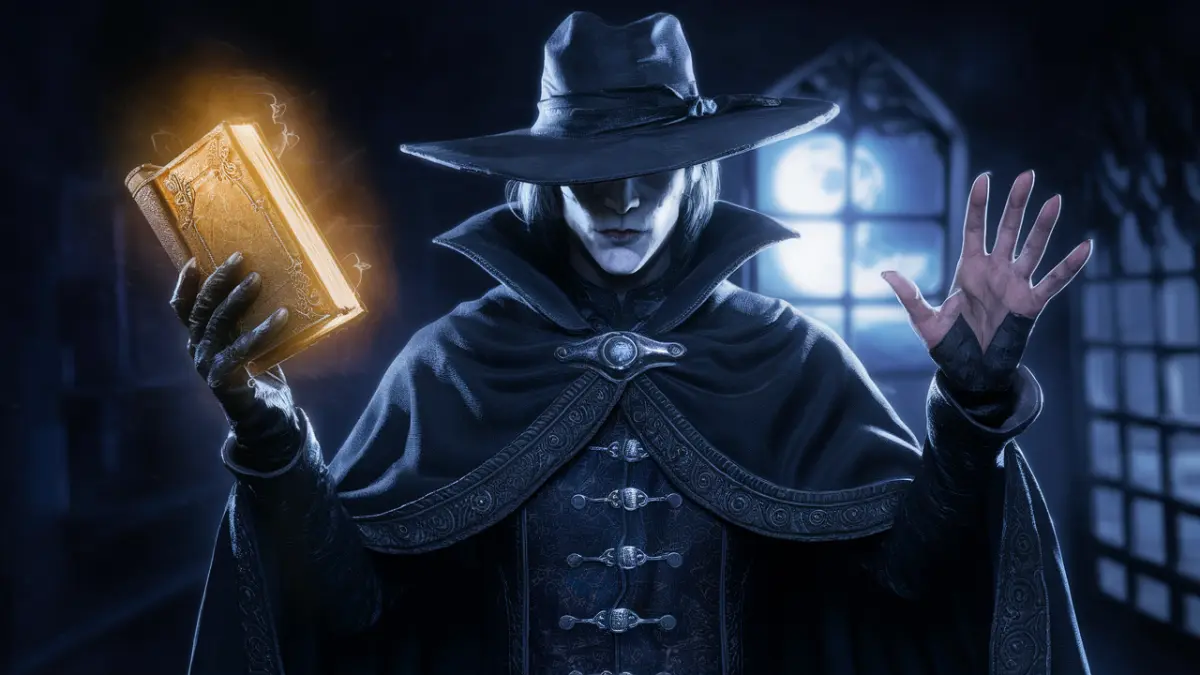Weirdest Professions Throughout History: 10 Jobs You Won't Believe Existed

Ever wonder what people did for work in the old days? Throughout history, folks have taken on some pretty weird jobs to make a living. Some of these professions might make you scratch your head or even laugh a little. Why were people doing such bizarre things for money?
Imagine being a kid sent down tiny, dangerous mine shafts or someone hired to catch rats to prevent disease. These unusual jobs show just how creative—and sometimes desperate—people got to survive. From digging up bodies to knocking on windows to wake people up, history is full of odd occupations.
1. Phrenologist
Phrenologists studied bumps on people's heads to predict personality traits and mental abilities. They believed the shape of a person's skull could reveal secrets about their character. This strange profession was popular in the 19th century.
Phrenologists used charts with different skull areas marked for specific traits like "benevolence" or "secretiveness." They claimed to help people understand their strengths and weaknesses based on head shape.
Biggest Misconceptions:
- Skull bumps reveal personality traits.
- Phrenology is a true science.
- Phrenologists could guide your life decisions.
It's now considered a pseudoscience, but it sure makes for a curious chapter in history!
2. Knocker-up
Before alarm clocks, people relied on "knocker-ups" to wake them up. They used long sticks, brooms, or even pea shooters to tap or hit windows.
Imagine someone tapping your window with a stick at dawn!
- They worked in England and Ireland during the Industrial Revolution.
- The job was essential for workers with strict schedules.
- Knocker-ups had to be reliable and punctual.
The job faded away with the advent of alarm clocks.

3. Leech Collector
Leech collectors had a bizarre job. Imagine wading into muddy waters to catch slimy, wriggling creatures. This wasn't for the faint-hearted!
In the 19th century, people believed leeches could cure numerous ailments. From headaches to infections, leeches were the go-to remedy.
These collectors often used animals or even their own legs as bait to gather the leeches, making the job both risky and uncomfortable.
Biggest Misconceptions:
- Leeches were magical: People thought leeches could fix almost anything.
- Safe job: It was full of risks and discomfort, far from a walk in the park.
4. Resurrectionist
Resurrectionists were 18th and 19th-century body snatchers. They dug up fresh graves to sell cadavers to medical schools. The need for bodies often led to some pretty sketchy activities.
Common Misconceptions:
- People think they were all robbers, but many were hired by doctors.
- They weren't just stealing bodies; they were providing a 'service' because of the lack of legal cadavers.
It's not the job for the squeamish!

5. Mourning Photographer
In the Victorian era, mourning photographers had a unique job. They took photos of deceased loved ones to help families remember them. This practice might sound a bit spooky today, but it was quite common back then.
Here are some common misconceptions:
- It wasn't just the Victorians who took postmortem photos.
- These photos weren’t always creepy; they were often cherished keepsakes.
- It wasn't all sad and gloomy. Sometimes these photos were the only images families had of their loved ones.

6. Peculiar Insect Hunter
In the early 20th century, there was a man who took his love of bugs to a new level. He pushed for daylight saving time so he could have more daylight hours to hunt insects.
He became obsessed with collecting and studying these tiny creatures. He inspired names for several species.
Biggest Misconceptions:
- He was just a hobbyist (he was much more dedicated).
- Bug hunting was considered a joke (it was actually significant for scientific discovery).
He rummaged through fields and forests daily, magnifying glass in hand. He didn’t just catch bugs; he studied them meticulously. This passion often led to incredible finds and contributed greatly to entomology.
7. Vermin Exterminator
Long before modern pest control, people had to deal with rats, bedbugs, and other pests. In the 1700s, John Southall claimed to be the first professional exterminator. He offered a special "non pareil" liquor to get rid of bedbugs.
Southall advertised his services in 1730, promising to rid homes of bedbugs. He even received the patronage of high-profile clients, including the president of the Royal Society.
Common Misconceptions:
- Elixirs were the main tool: They actually used many methods, like traps.
- Only homes: They worked in public spaces, too.
Early exterminators didn't just focus on homes. They often tackled vermin in public areas, too. Being an exterminator wasn’t just about killing pests; it was also about keeping customers’ trust in an era when cleanliness equaled social status.
8. Rattenfänger
Rattenfänger is the German word for rat catcher. In the 19th century, these brave souls had the unenviable job of controlling rat populations in cities. Rats were known for spreading diseases like the plague.
Rat catchers would use traps, poison, and even specially trained dogs to catch the pesky rodents.
Common Misconceptions:
- They only used traps: They had various tricks.
- They were always dirty: Many tried to stay clean.
It was a tough job, but someone had to do it!
9. Gong Farmer
Gong farmers had one of the messiest jobs in history: cleaning out human waste from castle toilets in Tudor England. Imagine spending your days knee-deep in filth!
Biggest Misconceptions:
- It was only a day job. Actually, they often worked at night.
- It was safe. Nope, they risked falling into pits and suffocating from fumes.
- They were poor. Surprisingly, they earned decent pay!
On the upside, they were essential for keeping medieval towns livable. Who knew muck could be so important?
10. Sin-Eater
Sin-eaters had one of the weirdest jobs in history. Picture this: someone paid to eat bread off a dead person's chest. Yes, really.
A sin-eater's job was to munch away and take on the dead person's sins. Kind of like a living vacuum cleaner for bad deeds.
They were often poor folks or outcasts. It wasn't exactly a glamorous gig. The job also included ale or coins, but mainly, bread. This tradition was common in Wales, England, and Scotland.
Biggest misconceptions:
- Sin-Eating is often confused with a Jewish tradition. It's not.
- Sin-eaters weren't always creepy strangers. Some were respected community figures.
The last known sin-eater, Richard Munslow, passed away in 1906. Against the odds, he was a successful farmer before he turned to sin-eating. Maybe it was the bread?
